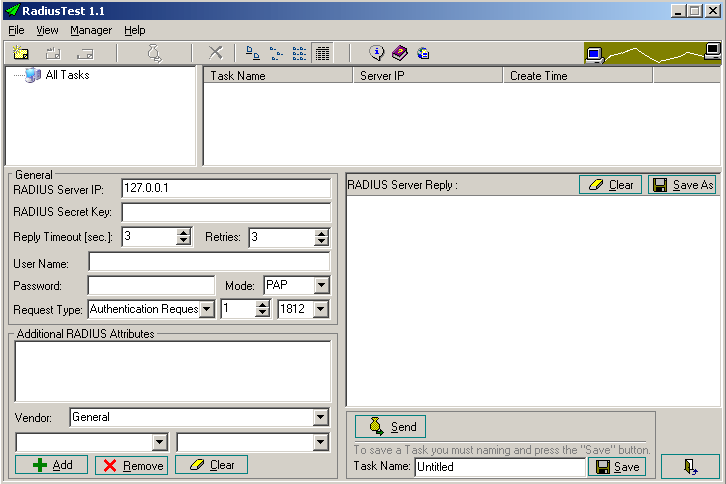

To install Pester, you run the below command. When you want your tests to focus on the behavior on the tests, mocking is a good idea. In you tests you might have calls to commands that carry out side-effects, like accessing a data store or creating a file for example.

When you start having quite a few tests, you want a way to group those tests into larger logical groups, that's what test suites are. You can run tests with Pester, both a single test with a single piece of input as well as testing many different inputs at once. Pester comes with diverse ways of asserting conditions that will determine if your tests should fail or not. Pester is a test framework meant for PowerShell and is a module you can install.

There are many other reasons for wanting to have tests but the three above are quite compelling. You can use the PowerShell command instead of the NPS GUI to add a new RADIUS client. If you create tests around what you do, you ensure you build your code in a way that makes it testable. radius-server test Previous Next Download PDF Feedback Share Ruckus FastIron Command Reference Guide, 08.0. Another reason for having tests is that it drives architecture. With this confidence you start daring to change this, if you for example would need to refactor code and ensure it still works after those changes. When you have a lot of tests covering your code it creates a level of confidence.

Ensure your code works as as intended for certain scenarios. The reason you want to have tests are many: In the latest Hamburg PowerShell User Group we build a TCP listener to use with the native Test-NetConnection cmdlet.TLDR this article covers the testing framework Pester that you use to test your PowerShell scripts. radclient reads radius attribute/value pairs from it standard input, or from a file specified on the command line. Radius Test by RadUtils is a Windows shareware RADIUS testing tool featuring a GUI and command-line access. It can be used to test changes you made in the configuration of the radius server, or it can be used to monitor if a radius server is up. As a final test, run Radiator with a simple configuration file. It can send arbitrary radius packets to a radius server, then shows the reply. The specified ports must not be used by another application. You will need to have a basic understanding of RADIUS and your systems authentication.Test-NetConnection ComputerName : RemoteAddress : 13.107.4.52 InterfaceAlias : Wi-Fi SourceAddress : 192.168.1.82 PingSucceeded : True PingReplyDetails (RTT) : 10 ms. The server must receive one additional packet after it was terminated by CTRL+C to exit the loop. This way we can check if we are connected to the local network, have access to internet and are able to resolve DNS names.The first packet is not displayed immediately, but only when the second packet is received.


 0 kommentar(er)
0 kommentar(er)
